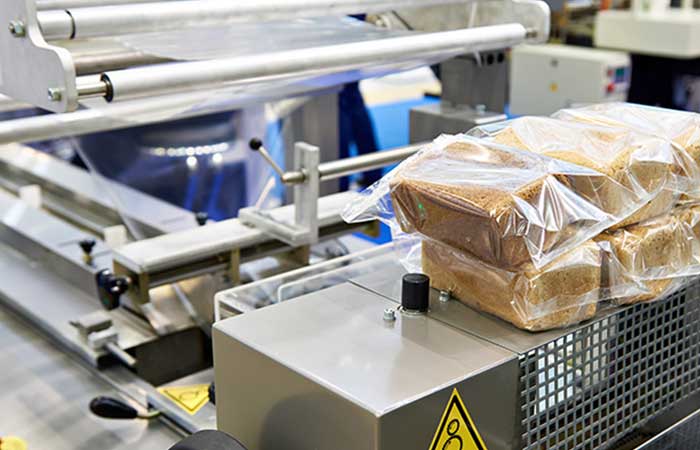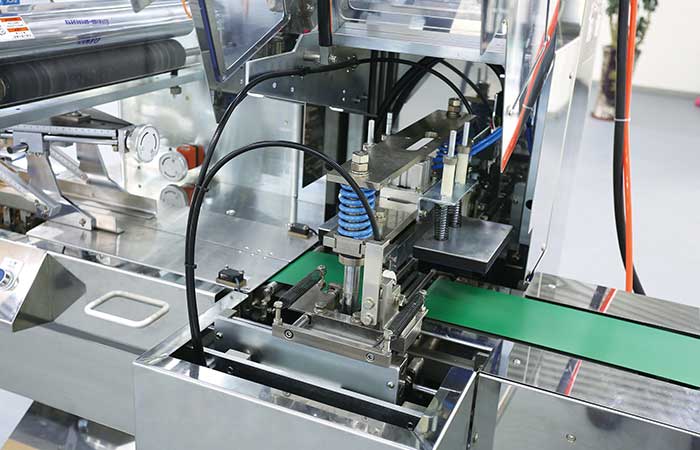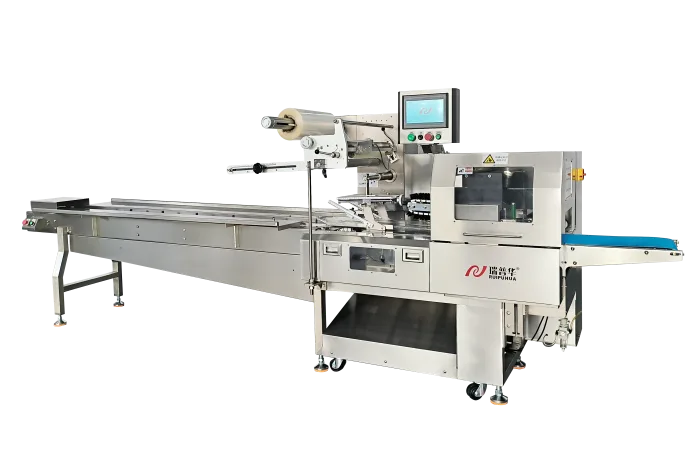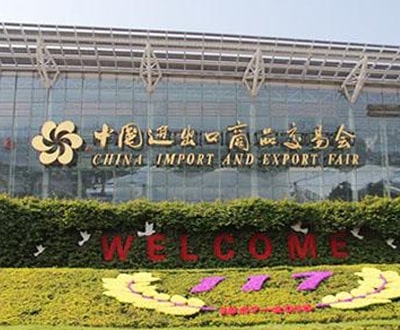Foam Packaging: Innovation in Shipping Protection
The Importance of Foam Packaging in Shipping
When it comes to packaging delicate items for shipping, the right choice matters. Foam packaging has revolutionized the way fragile goods are protected during transit. Not only does it provide cushioning and shock absorption, but it also offers unparalleled security against impacts that can occur during shipping.
Using foam packaging materials ensures that your products arrive at their destination intact and undamaged. Whether it’s electronics, glassware, or any delicate item, foam packaging provides a tailored solution to safeguard your goods from bumps and drops.
The Benefits of Foam Packaging
One of the key advantages of foam packaging is its versatility. Foam can be molded to fit the shape of any product, providing a custom fit that minimizes movement and prevents damage. This tailored approach not only enhances protection but also reduces the need for excessive filler materials, making it an eco-friendly choice.
Additionally, foam packaging is lightweight, which helps lower shipping costs and reduce the overall carbon footprint of your shipments. Its lightweight nature does not compromise on strength, making it an ideal choice for protecting items of various sizes and shapes.
Types of Foam Packaging
There are several types of foam packaging materials available, each offering unique benefits. Here are some common types:
- Expanded Polystyrene (EPS): EPS foam, commonly known as Styrofoam, is lightweight and offers excellent impact resistance. It is ideal for cushioning fragile items and providing thermal insulation.
- Polyethylene Foam: Polyethylene foam is versatile and can be used for cushioning, wrapping, and surface protection. It is resistant to chemicals and moisture, making it suitable for various shipping conditions.
- Polyurethane Foam: Polyurethane foam is known for its high resilience and durability. It provides exceptional shock absorption and is often used for heavy or valuable items.
Effective Ways to Use Foam Packaging
When using foam packaging for shipping, consider the following tips to maximize protection:
- Properly Size the Packaging: Ensure the foam packaging snugly fits around the item to prevent shifting during transit.
- Layering: Utilize multiple layers of foam for added cushioning, especially for fragile items.
- Secure Closure: Seal the packaging securely to prevent accidental opening and exposure to external elements.
- Labeling: Clearly mark the package as fragile to alert handlers of its delicate contents.
By following these best practices, you can ensure that your products reach their destination unscathed, maintaining customer satisfaction and reducing returns.
Conclusion
Foam packaging continues to be a vital component in the shipping industry, offering a reliable and effective solution for safeguarding goods throughout their journey. By understanding the benefits of foam packaging and employing proper techniques, businesses can enhance the protection of their products and streamline their shipping processes.
-
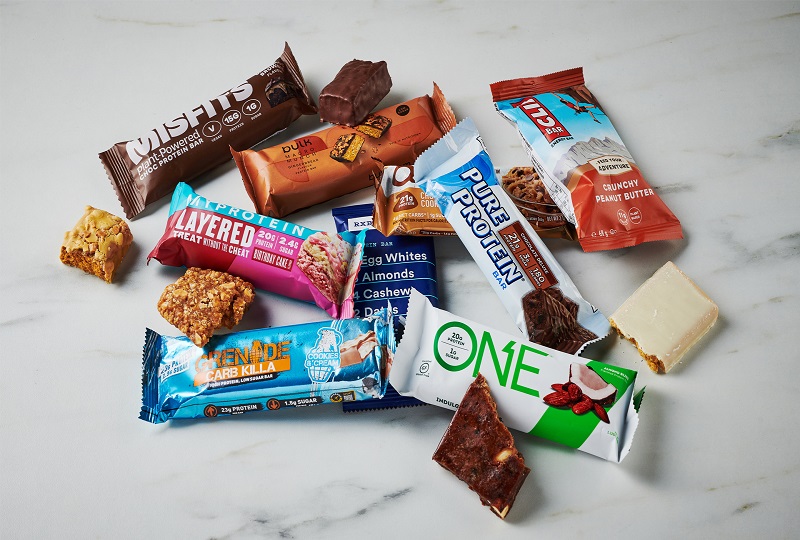 01
01Further Discussion About Protein Bar Packing Machinery
27-02-2024 -
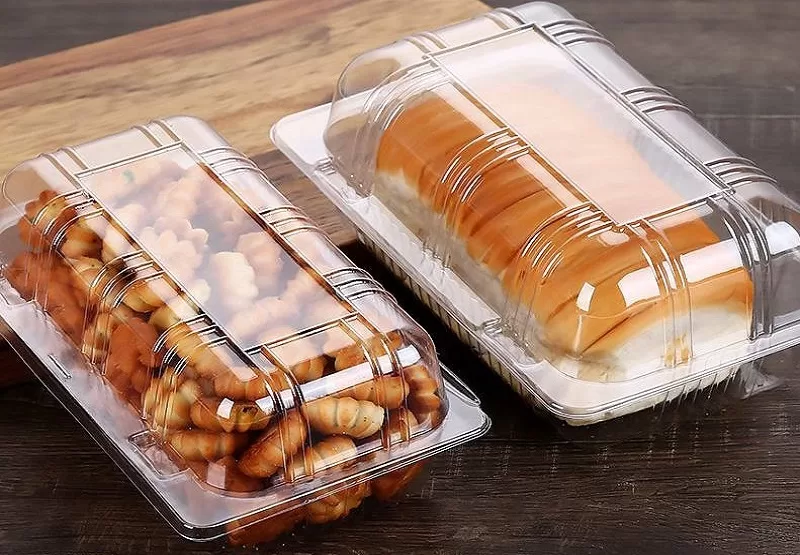 02
02Sustain The Best Crispy With Automatic Packaging Machines
29-01-2024 -
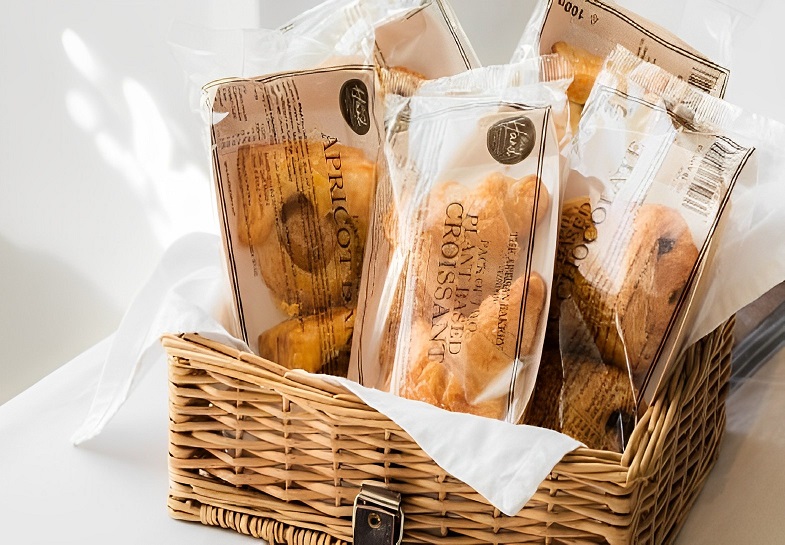 03
03Bread Packing Machine For Bakery Business
19-01-2024 -
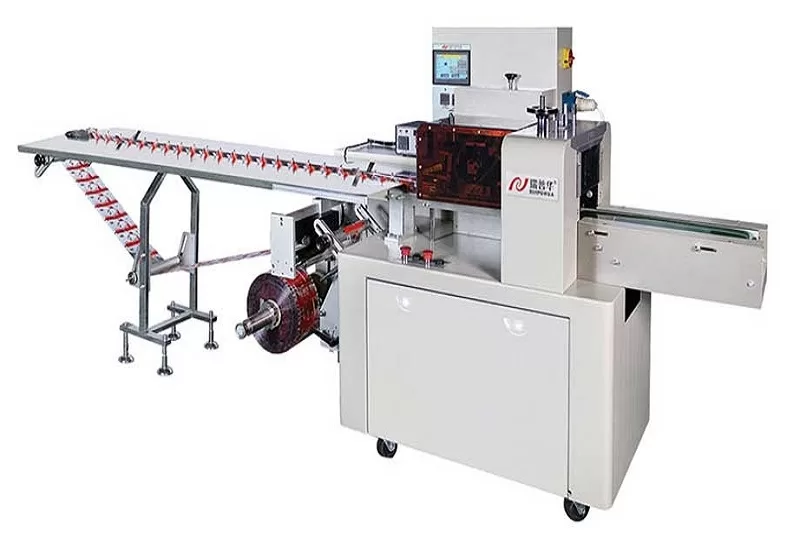 04
04How Flow Wrappers Are Adapting to Changing Trends
01-11-2023 -
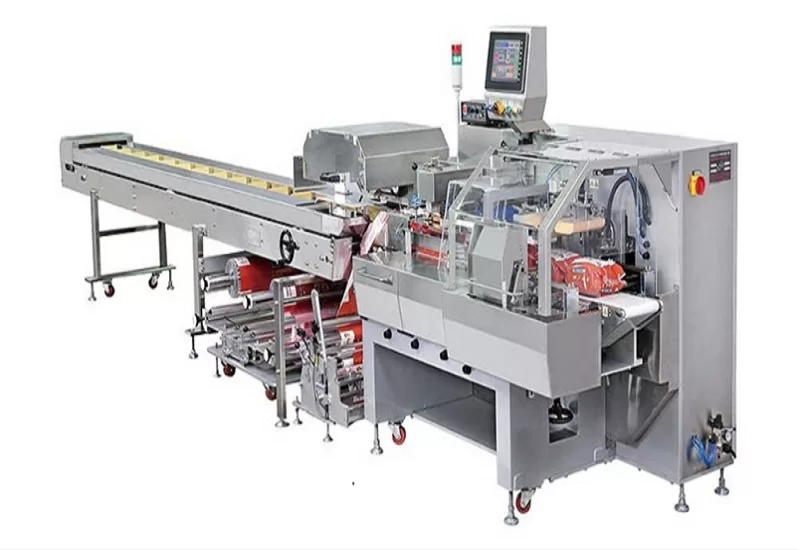 05
05The Comprehensive Guide to Packaging Machinery
31-10-2023 -
 06
06Automatic Cookie Packaging System Performance
01-09-2023 -
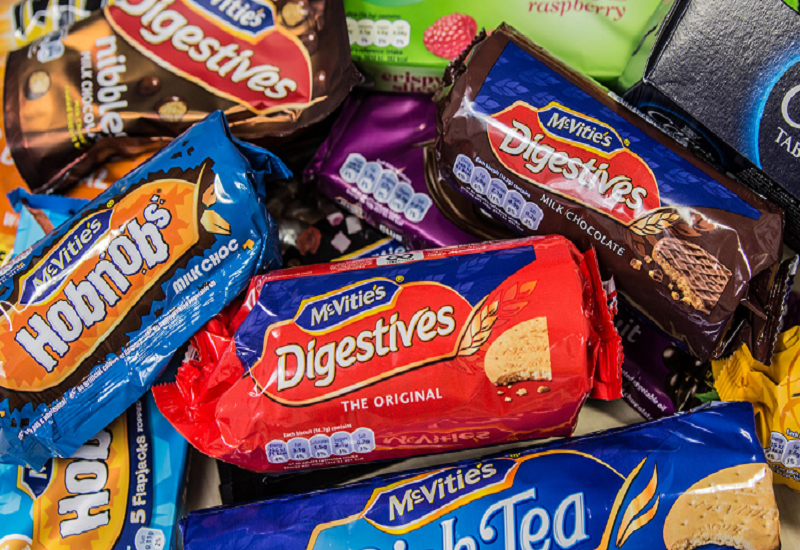 07
07Streamlining Biscuit Packaging with Multipack Biscuit Packaging Machines
25-08-2023 -
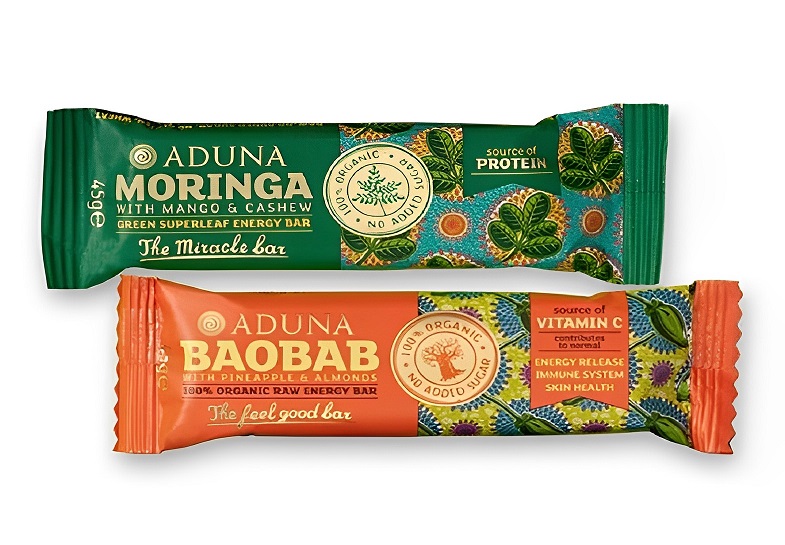 08
08From Assembly To Shipping: The Energy Bar Packaging Machine Does All
28-02-2023 -
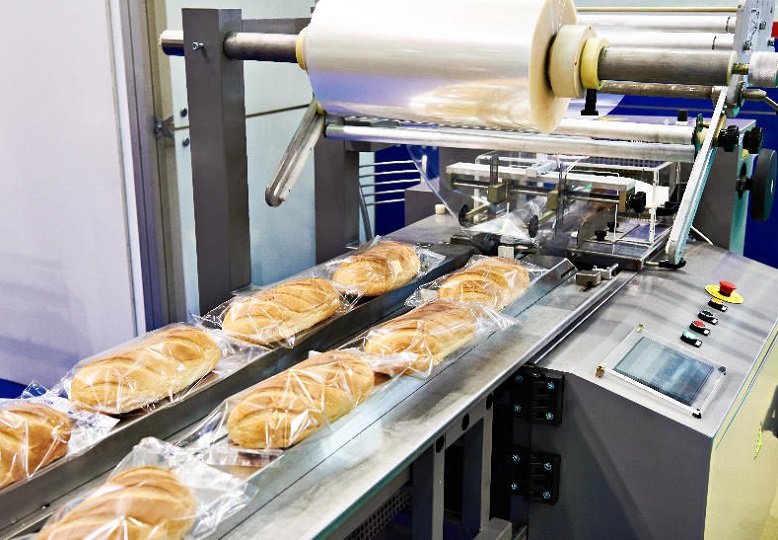 09
09Maximizing Efficiency With Food Packaging Machine Technology
22-02-2023 -
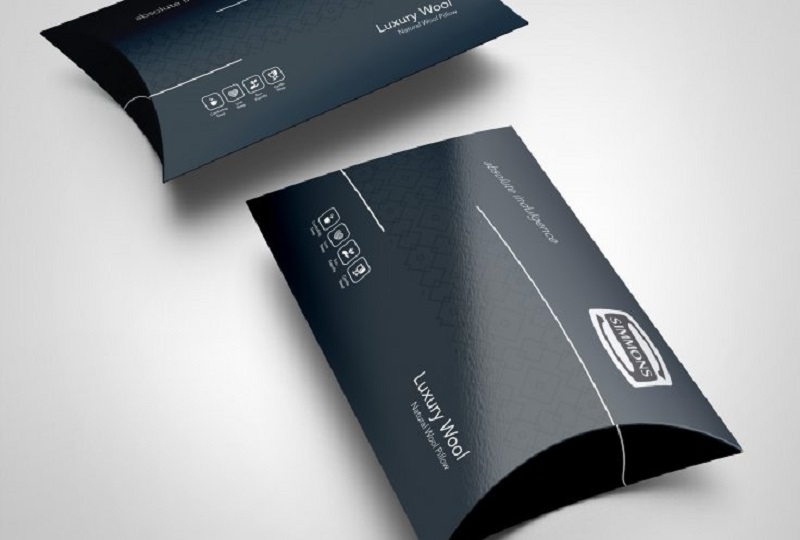 10
10Clients Hunt For Professional And Functional Packaging Machine
10-11-2022



